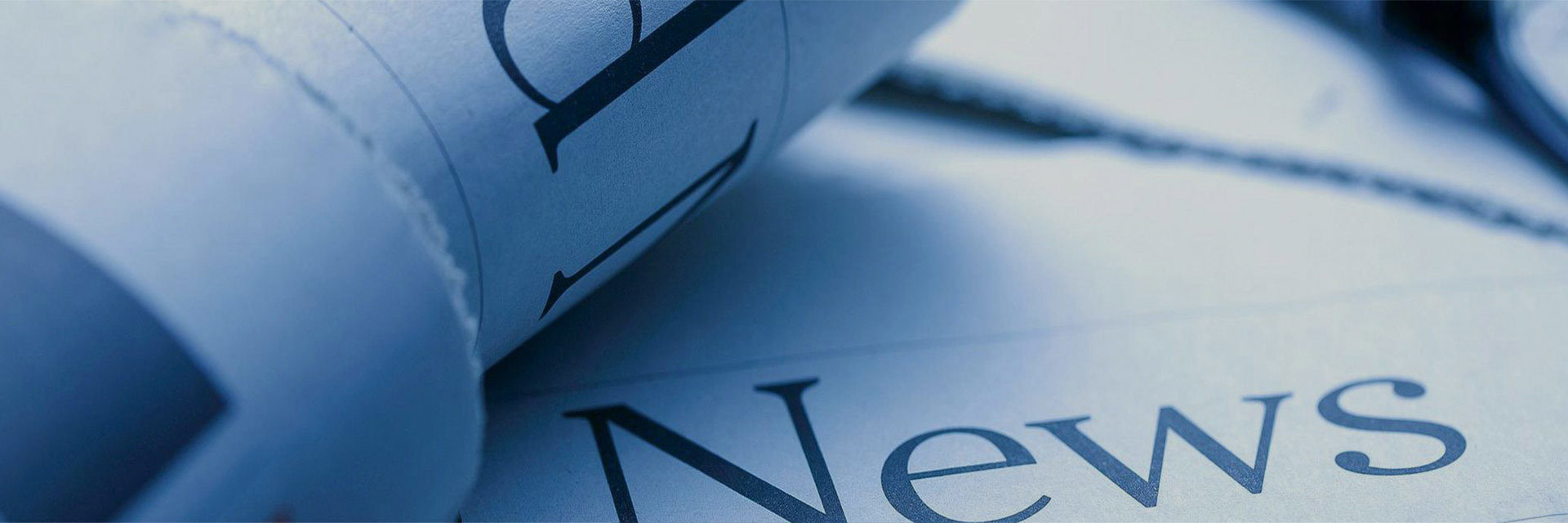Unlocking the Benefits of Ball Mill Rubber Lining for Enhanced Performance
Release time:
2025-04-29
Unlocking the Benefits of Ball Mill Rubber Lining for Enhanced Performance Table of Contents 1. Introduction to Ball Mill Rubber Lining 2. Understanding the Composition of Rubber Linings 3. Key Advantages of Ball Mill Rubber Lining 3.1 Improved Wear Resistance 3.2 Enhanced Grinding Efficiency 3.3 Noise Reduction Benefits 3.4 Cost-Effectiveness Over Time 4. Comparing Rubber Lining with Other Materi

Unlocking the Benefits of Ball Mill Rubber Lining for Enhanced Performance
Table of Contents
1. Introduction to Ball Mill Rubber Lining
2. Understanding the Composition of Rubber Linings
3. Key Advantages of Ball Mill Rubber Lining
3.1 Improved Wear Resistance
3.2 Enhanced Grinding Efficiency
3.3 Noise Reduction Benefits
3.4 Cost-Effectiveness Over Time
4. Comparing Rubber Lining with Other Materials
5. Installation Process of Rubber Linings
6. Maintenance Tips for Optimal Performance
7. Real-World Applications and Case Studies
8. FAQs about Ball Mill Rubber Lining
9. Conclusion
1. Introduction to Ball Mill Rubber Lining
Ball mills are quintessential in various industries, especially in the chemical and rubber sectors, where grinding processes play a crucial role in achieving desired material properties. The use of rubber lining in ball mills has emerged as an innovative approach to enhance performance. This article delves into the multifaceted benefits of rubber linings, highlighting how they contribute to improved operational efficiency, reduced noise, and prolonged equipment lifespan.
2. Understanding the Composition of Rubber Linings
Rubber linings are typically made from synthetic elastomers designed to withstand the rigors of grinding operations. These materials are engineered for durability, flexibility, and resistance to wear and chemical degradation. The most common types of rubber used include natural rubber, SBR (Styrene-Butadiene Rubber), and various blends tailored for specific applications. The unique composition of rubber linings allows for enhanced performance in aggressive environments, making them a preferred choice for many operators.
3. Key Advantages of Ball Mill Rubber Lining
3.1 Improved Wear Resistance
One of the standout features of rubber linings is their exceptional wear resistance. Unlike traditional steel linings, rubber can absorb impacts and reduce friction, significantly extending the life of both the liner and the mill itself. This longevity translates to reduced downtime and maintenance costs, contributing to continuous production flow.
3.2 Enhanced Grinding Efficiency
Rubber linings promote a more efficient grinding process. Their flexible nature allows for better energy absorption, resulting in improved particle size distribution and reduced energy consumption. This efficiency not only enhances the output but also contributes to a lower carbon footprint, aligning with sustainability goals.
3.3 Noise Reduction Benefits
Noise pollution is a significant concern in industrial operations. The inherent properties of rubber linings help dampen vibrations and noise, creating a quieter working environment. This reduction in noise pollution is not only beneficial for worker comfort but also aids in compliance with regulatory standards.
3.4 Cost-Effectiveness Over Time
While the initial investment in rubber lining may be higher than other materials, the long-term savings are substantial. The reduced wear and tear, lower maintenance demands, and improved energy efficiency contribute to a lower total cost of ownership. Operators can expect a significant return on investment over the equipment's lifespan.
4. Comparing Rubber Lining with Other Materials
When selecting a lining for ball mills, operators often consider alternatives such as steel, polyurethane, or ceramic. While each material has its merits, rubber linings stand out in several key aspects:
- **Weight**: Rubber linings are lighter than steel, which can lead to easier installation and reduced power consumption during operation.
- **Flexibility**: Rubber's flexibility allows for greater adaptability to equipment movements, reducing the risk of cracking and failure.
- **Corrosion Resistance**: Rubber is less susceptible to corrosion compared to metal linings, making it an ideal choice for chemically aggressive environments.
5. Installation Process of Rubber Linings
The successful installation of rubber linings is critical to achieving optimal performance. The process generally involves the following key steps:
1. **Surface Preparation**: Proper cleaning and surface treatment of the mill's interior are essential for ensuring strong adhesion.
2. **Cutting and Fitting**: Rubber sheets are cut to size and fit precisely into the mill's contours to avoid gaps that could lead to wear.
3. **Adhesive Application**: High-quality adhesives are applied to secure the liners in place, ensuring a durable bond.
4. **Final Inspection**: After installation, a thorough inspection is conducted to confirm that all linings are correctly positioned and securely attached.
6. Maintenance Tips for Optimal Performance
To maximize the benefits of rubber linings, regular maintenance is essential. Here are some practical tips:
- **Routine Inspections**: Schedule periodic checks to identify any signs of wear or damage early on.
- **Cleaning**: Regularly clean the liners to remove buildup that can affect grinding efficiency.
- **Monitoring Conditions**: Keep an eye on operating conditions such as temperature and load, as extreme conditions can impact liner performance.
- **Training Personnel**: Ensure that your team is trained to recognize issues and perform basic maintenance tasks.
7. Real-World Applications and Case Studies
The application of rubber lining in ball mills spans various industries. For instance, in the mining sector, companies have reported up to a 30% increase in grinding efficiency after switching to rubber linings. Similarly, in the chemical processing industry, reduced noise levels have led to improved worker satisfaction and compliance with occupational health standards. These case studies exemplify the tangible benefits rubber linings can deliver across different applications.
8. FAQs about Ball Mill Rubber Lining
Q1: How long do rubber linings typically last?
A1: The lifespan of rubber linings can vary based on operating conditions, but they generally last longer than traditional steel linings, often exceeding five years in optimal conditions.
Q2: Are rubber linings suitable for all types of ball mills?
A2: Yes, rubber linings can be customized to fit various types of ball mills, making them versatile for many applications.
Q3: What is the cost difference between rubber and steel linings?
A3: While rubber linings may have a higher upfront cost, the long-term savings due to reduced maintenance and increased efficiency often justify the investment.
Q4: Can rubber linings be repaired if damaged?
A4: Yes, minor damages can be repaired using specialized adhesives and patches, ensuring continued performance without the need for complete replacement.
Q5: What industries benefit the most from rubber linings?
A5: Industries such as mining, chemicals, and materials processing have seen significant benefits from using rubber linings in their ball mills.
9. Conclusion
In summary, the adoption of ball mill rubber lining represents a significant advancement in the grinding process, offering a myriad of benefits that enhance performance, reduce costs, and improve workplace safety. From superior wear resistance to energy efficiency, rubber linings provide a reliable solution tailored to the demands of modern industrial operations. By implementing these innovative linings, companies can not only improve their production outcomes but also contribute to a more sustainable future in their respective industries.
Key word:
ball mill rubber lining
Recommended



